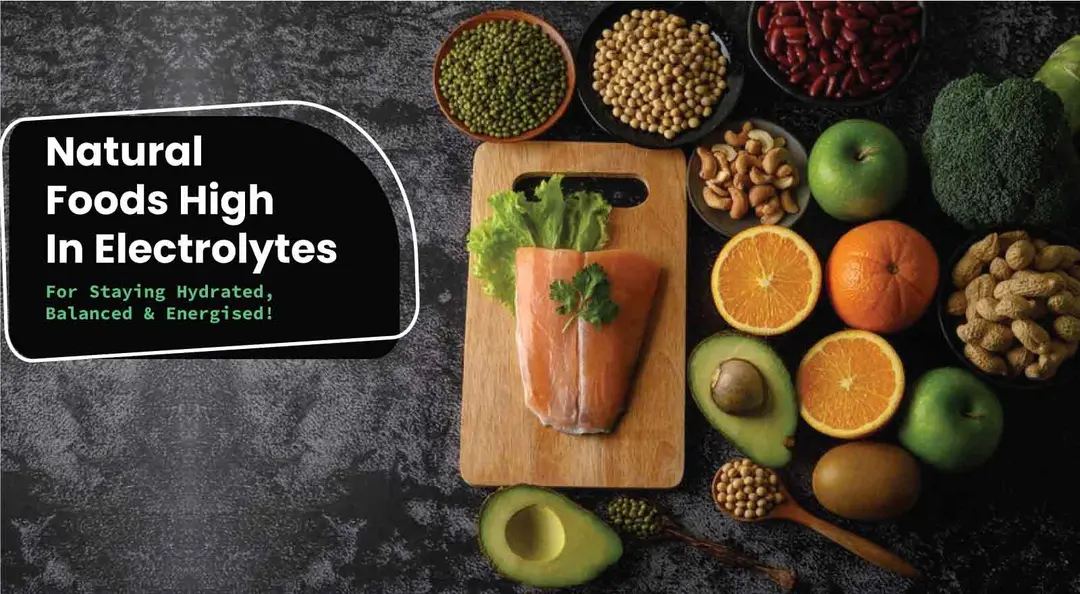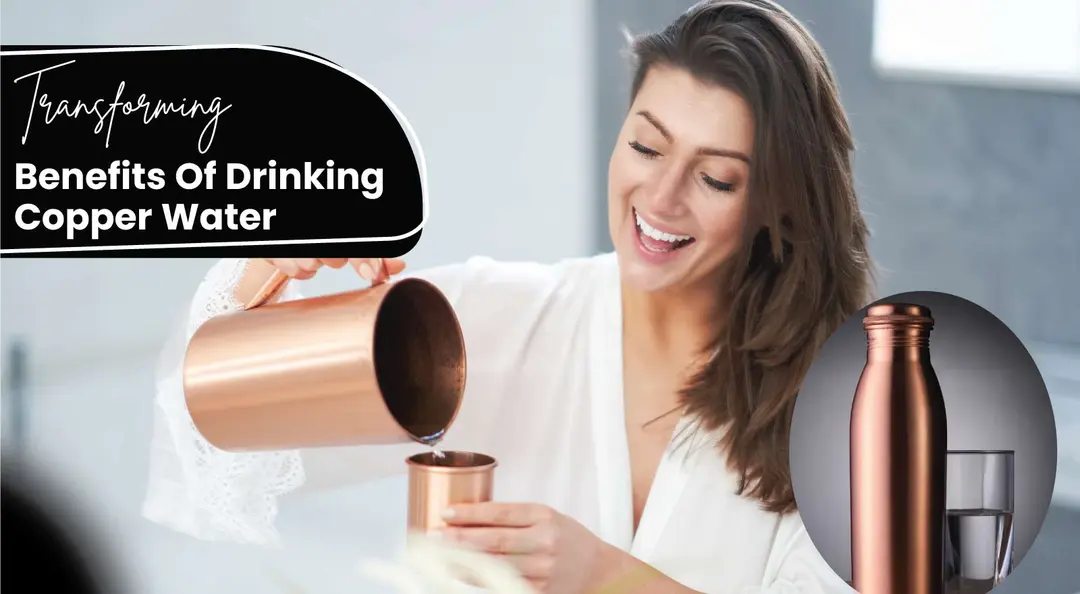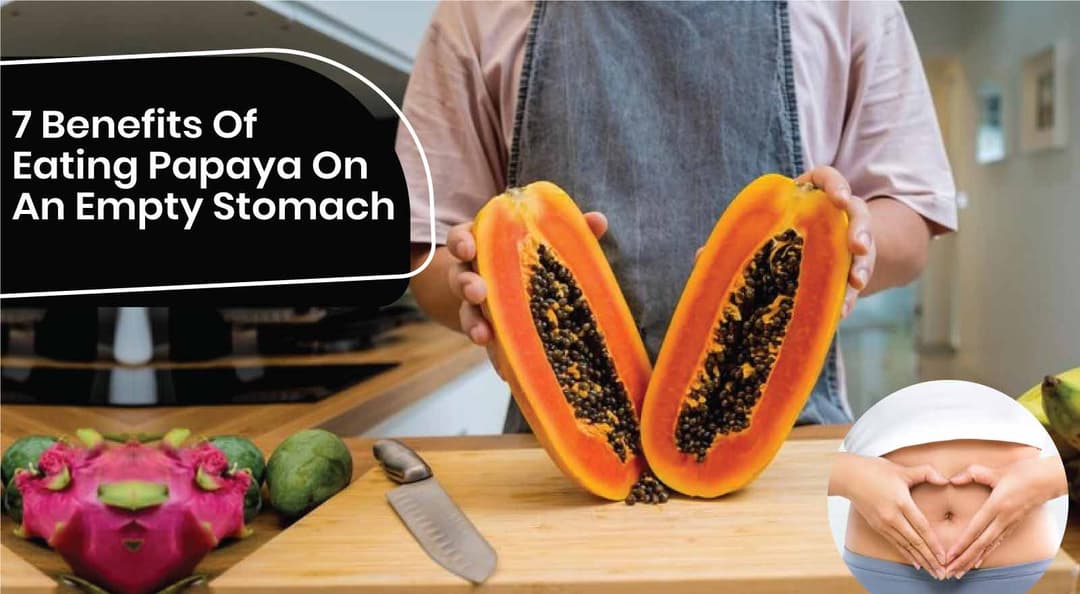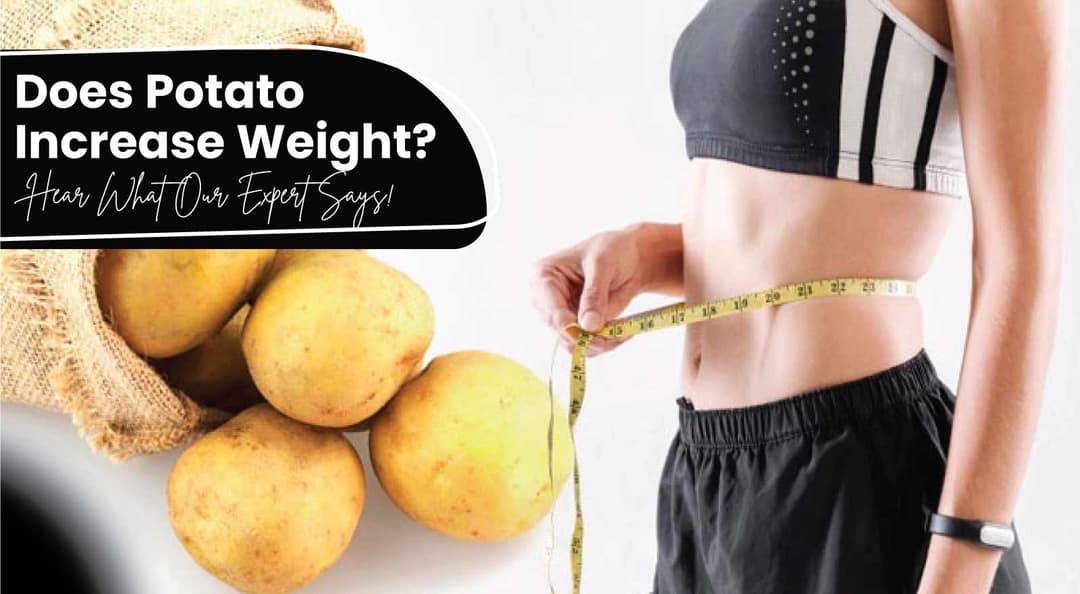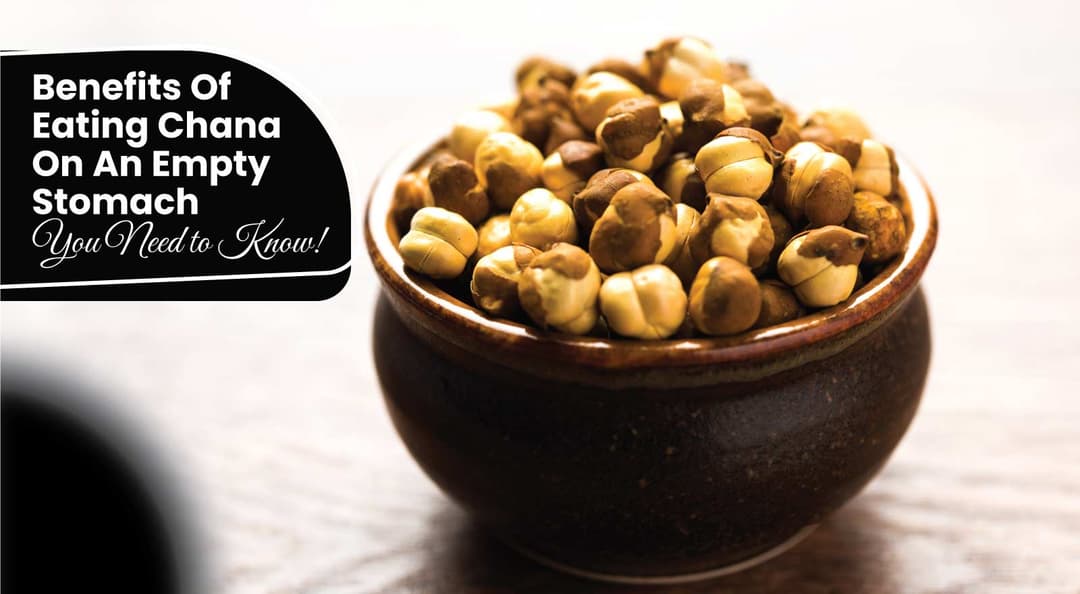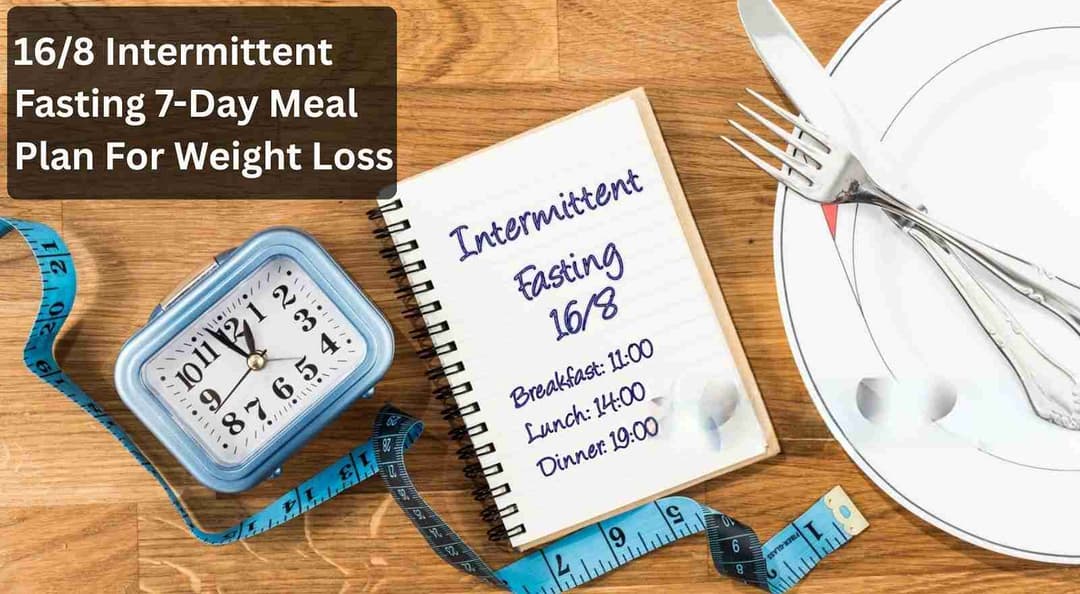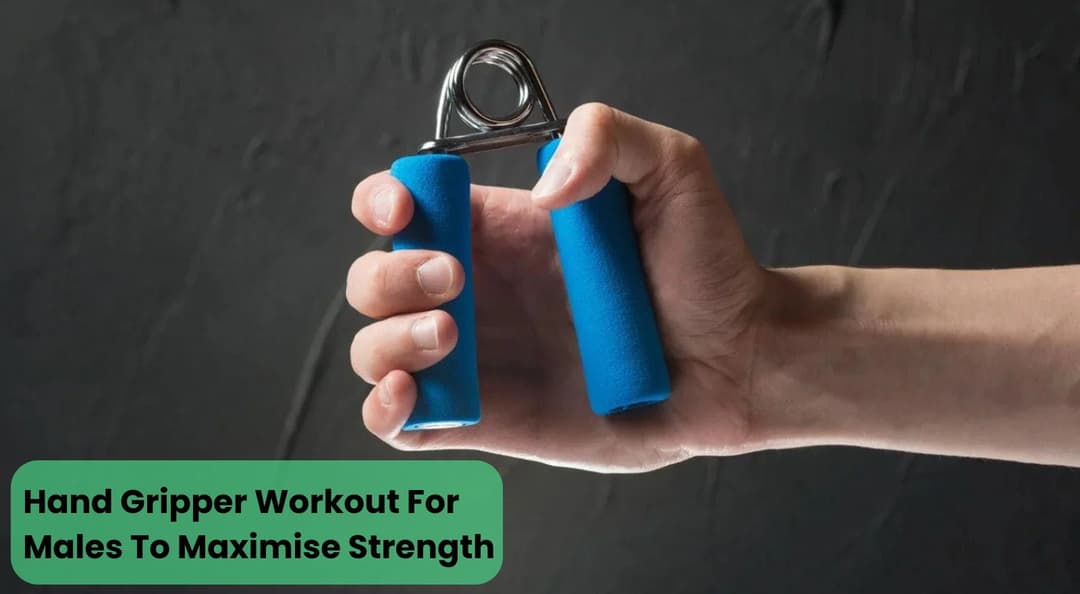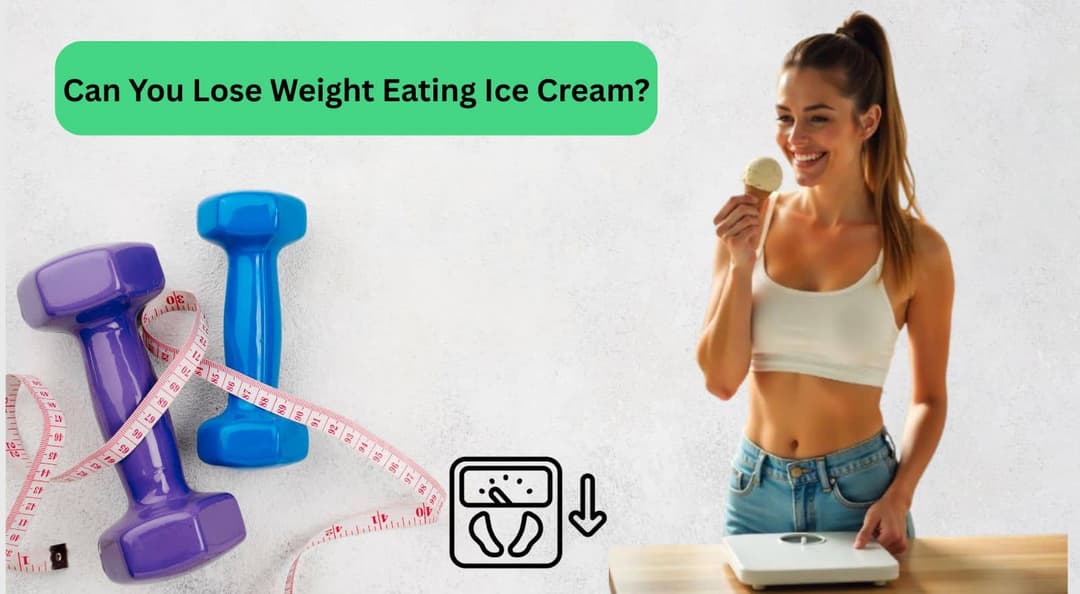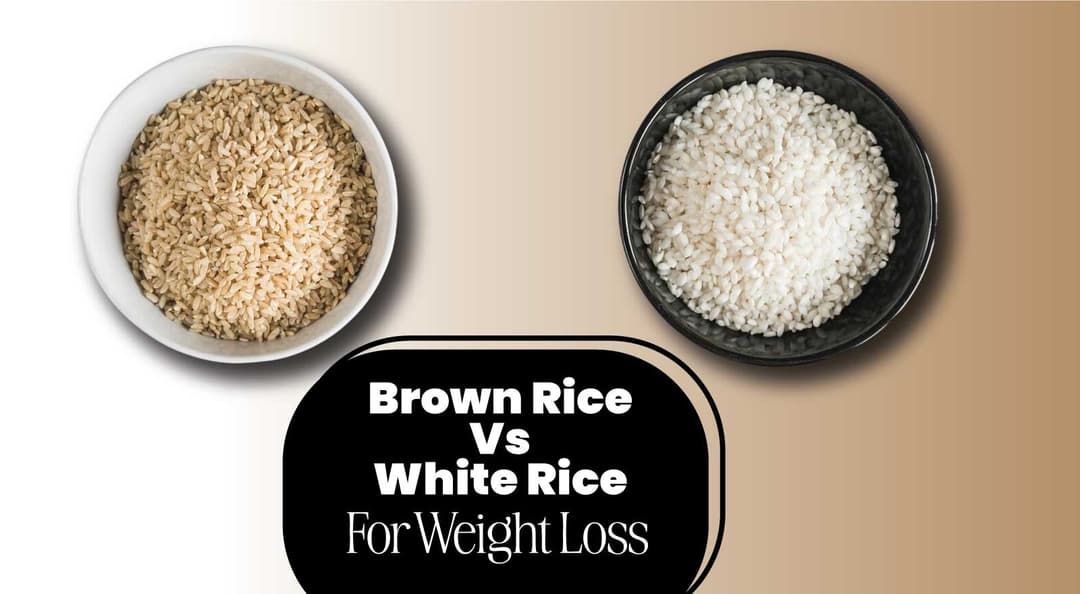Pelvic pain in females is a common condition that affects millions around the world.
Around 20-25% of women may experience chronic pelvic pain at some point in their lives. This means that millions of people suffer from pain that prevents them from living a regular, healthy life.
While some people may know the exact cause of their pelvic pain, such as a specific injury or infection, others may not know why they develop it in the first place. Understanding the root cause of your pelvic pain is essential to choosing treatment options that can help you relieve your pain and get back to a normal and healthy life.
Oftentimes, pelvic pain can lead to back pain, causing further lifestyle problems. In this blog, we will take a closer look at pelvic pain as well as its related back pain to help you better understand your condition and find the right treatments.
Table of Contents
- What is Pelvic Pain? An Overview of the Condition
- 10 Common Symptoms of Pelvic Pain
- What Causes Pain in the Pelvic Area of a Female? 12 Possible Causes
- The Link Between Lower Back Pain and Pelvic Pain in Females
- Pelvic Pain Treatment & Home Remedies for Women
- Expert’s Advice
- The Final Say
- FAQs
- References
What is Pelvic Pain? An Overview of the Condition
Pelvic pain refers to pain or discomfort in the lower abdomen or pelvic region. Pelvic pain is a common problem for women and can be caused by several reasons; it may be a symptom of an infection, or it may be caused by pain in the pelvic bones or non-reproductive internal organs. However, for females, pelvic pain may be a sign of a problem with one of the reproductive organs in the pelvis (uterus, ovaries, fallopian tubes, cervix, and vagina). In some cases, there may be no disease present.
Pelvic pain can be classified as acute, which is sudden and severe, or chronic, which comes and goes or lasts for several months. Pelvic pain that lasts more than six months and does not improve with treatment is chronic pelvic pain. The reproductive organs or other organs can cause pelvic pain in and around the pelvis, or it can be psychological.
Also Read: How Do I Know If My Pelvic Floor Is Weak? Learn Pelvic Floor Exercises For Women!
10 Common Symptoms of Pelvic Pain
Pelvic pain can present with various symptoms, which may vary depending on the underlying cause. Common symptoms include:
| 1. Dull or Sharp Pain | It may be constant or intermittent and varies in intensity. |
| 2. Cramping | Similar to menstrual cramps, it can occur during or outside menstruation. |
| 3. Pain During Intercourse | Discomfort or pain during sexual activity. |
| 4. Lower Abdominal Pain | Pain and discomfort in the lower abdomen or pelvic area. |
| 5. Pain Radiating to Other Areas | Pain may extend to the lower back, thighs, or groin. |
| 6. Changes in Menstrual Cycle | Irregular periods, heavier bleeding, or spotting. |
| 7. Urinary Symptoms | Increased frequency, urgency, or pain during urination. |
| 8. Gastrointestinal Issues | Bloating, constipation, or diarrhoea. |
| 9. Fatigue | General tiredness or a feeling of malaise. |
| 10. Nausea | Feeling sick to the stomach, which may accompany pain. |
Also Read: Try These Targeted 5 Exercises To Relieve Menstrual Cramps With Immediate Relief Tips!
What Causes Pain in the Pelvic Area of a Female? 12 Possible Causes

Understanding the various causes of pelvic pain in females is essential for effective diagnosis and treatment. Here are 12 possible causes:
1. Menstrual Pain and Cramps
According to the American College of Obstetricians and Gynecologists (ACOG), pain is the most common symptom of all menstrual disorders and pelvic pain. More than half of menstruating women experience some pain for at least one or two days of each cycle.
Menstrual pain usually occurs just before menstruation begins, when the uterus contracts and begins shedding its lining. This pain may feel like a muscle spasm or a stabbing pain. Try doing some targeted exercises for periods to find relief, or consider ToneOp’s Period Care 360 to relieve period cramps, PMS symptoms, irregular periods and bloating!
2. Ovulation
If you feel pain on one side of your pelvis during ovulation, you may have Mittelschmerz. When ovulation occurs, the ovaries release an egg and other fluids. The egg travels down the fallopian tube to the uterus. Fluid released from the ovaries may enter the abdomen and pelvis and cause irritation. The discomfort can last from a few minutes to a few hours and may move from one side of the body to the other, depending on which ovary releases the egg. The pain is temporary and does not require any special treatment.
3. Interstitial Cystitis
You may experience persistent bladder inflammation, the cause of which is unknown. The term for this is interstitial cystitis, and doctors are unaware of why this happens. Interstitial cystitis can cause symptoms such as pelvic pain, pain during urination, frequent urination, and pain during intercourse. Treatment often involves controlling the symptoms as effectively as possible.
4. Cystitis or Urinary Tract Infection
Cystitis is a bladder inflammation caused by a bacterial infection. This happens when bacteria from the vagina, rectum, or skin enter the urethra, the tube that carries urine from the bladder, and then into the bladder.
Cystitis occurs only in the bladder, while urinary tract infections (UTIs) can occur anywhere in the urinary system. Both conditions are common in women. Sometimes, these infections go away without treatment, but a short course of antibiotics usually treats cystitis and other UTIs.
5. Inflammatory Diseases of the Pelvic Organs
Pelvic inflammatory disease (PID) is a uterus infection that can damage surrounding tissues. PID may occur when bacteria from the vagina or cervix travel to the uterus and lodge there. It affects about 2.5 million women worldwide. The condition can even increase a woman’s risk of infertility. The CDC notes that one in eight women with PID also have trouble conceiving.
6. Endometriosis
Endometriosis happens when tissue similar to the uterine lining, which lines the inside of the uterus, grows outside the uterus. The condition affects about 11% of women aged 15 to 44. However, a 2019 report found that Hispanic and black women are less likely to be diagnosed with endometriosis than white women.
7. Irritable Bowel Syndrome
Irritable bowel syndrome (IBS) is a bowel disorder that causes symptoms such as constipation, diarrhoea, bloating, and pain. IBS symptoms tend to get worse and go away with time, especially after a bowel movement, but there is no cure for IBS. Treatments focus on controlling symptoms through changes in diet, stress levels, and medications.
Also Read: Yoga For Digestive Health: Improve Gut Function And Relieve Discomfort
8. Appendicitis
Appendicitis is an appendix inflammation, a small organ located in the lower right side of the abdomen. An infection causes this condition, and appendicitis is common but can be serious. Suppose you have severe pain in the lower right abdomen along with symptoms such as vomiting and fever. In that case, it may be a sign of appendicitis, so you should seek medical attention immediately.
9. Ectopic Pregnancy
An ectopic pregnancy is when the embryo implants and grows outside the uterus. Ectopic pregnancies are uncommon and occur in about 1% of women between the ages of 24 and 44. You may feel very sharp pain and cramps in your pelvic area, usually concentrated on one side. Other symptoms may include nausea, vaginal bleeding, and dizziness.
10. Ovarian Cysts
Ovarian cysts occur when the ovaries are unable to release eggs. The follicles containing the eggs may not open completely or become blocked by fluid. When this happens, a cyst growth may form in the area, causing bloating, pressure, or pelvic pain on the side of the body where the cyst is located.
11. Uterine Fibroids
Uterine fibroids are lumps of muscle and fibrous tissue inside the uterus. They are the most common benign gynaecological tumour. According to an article, by age 50, 65% of women will have uterine fibroids. However, the rate is closer to 90% for African-American women.
Though not cancerous, these tumours can cause pain, a feeling of fullness in the pelvic area, and unusual bleeding. They may cause discomfort or pain in the pelvis or lower back during sexual intercourse. Uterine fibroids can also cause excessive bleeding or cramps during menstruation, or both.
12. Tumors
In rare cases, pelvic pain might be caused by malignant tumours of the reproductive, urinary, or gastrointestinal tracts. Tumours may cause different symptoms depending on where they appear.
Also Read: 10 Sexually Transmitted Infections In Women, Early Symptoms, Causes And Treatment!
The Link Between Lower Back Pain and Pelvic Pain in Females
The link between lower back pain and pelvic pain in females is significant:
- Anatomical Proximity: The pelvis and lower back are closely connected, making the pain in one area feel like it's happening in the other.
- Common Conditions: Conditions like endometriosis, pelvic inflammatory disease, and ovarian cysts can cause both pelvic and lower back pain.
- Muscle Tension: Pelvic pain can lead to compensatory muscle tension in the lower back, contributing to discomfort.
- Nerve Irritation: Nerves that supply the pelvic region also affect the lower back, leading to referred pain.
- Hormonal Factors: Menstrual cycles and hormonal changes can exacerbate both pelvic and lower back pain simultaneously.
- Postural Changes: Discomfort in the pelvic area may lead to altered posture, resulting in additional strain on the lower back. Try exercises to improve your posture.
- Chronic Pain: Both types of pain can become chronic, creating a cycle of discomfort that affects daily activities.
Need for Comprehensive Evaluation: Understanding the relationship between the two types of pain is essential for proper diagnosis and treatment.
Also Read: 5 Effective Physiotherapy Exercises For Lower Back Pain Relief
Pelvic Pain Treatment & Home Remedies for Women
Treatment for pelvic pain depends on several factors, including the cause, intensity, and frequency of the pain.
Common treatments for pelvic pain include:
| Medicine | Sometimes, pelvic pain is treated with medication, including antibiotics, if needed. |
| Surgery | If the pain stems from a problem with one of your pelvic organs, treatment may include surgery. |
| Physical Therapy | In some cases, your healthcare provider may recommend physical therapy to relieve pelvic pain. |
Let us now read about home treatments for pelvic pain:
| Take Over-The-Counter Pain Relievers | Nonsteroidal anti-inflammatory drugs, like ibuprofen or naproxen sodium, can help reduce the swelling that leads to pelvic pain. Acetaminophen can also relieve painful symptoms related to pelvic pain. |
| Make Time For Exercise | Even though you may not feel like moving or have the energy, exercise helps increase blood flow and can help reduce your discomfort. |
| Apply Heat | Place a warm compress or a heating pad on the area, or take a long, hot bath. |
| Stop Smoking | Tobacco products can inflame nerves and cause pain. Avoiding these habits can help ease the pain. |
| Take Supplements | If a vitamin or mineral deficiency causes your pelvic pain symptoms, supplements may help ease your discomfort. Talk to your doctor before incorporating additional supplements into your diet. You can take ToneOp Care’s Vitamin 360 tablets to balance your vitamin intake. |
| Practice Relaxation Exercises | Yoga, mindfulness, meditation, or other relaxation exercises can help reduce stress and tension, alleviating chronic pain. Try yoga poses for mental relaxation. |
Also Read: Backbone Pain In Females: 10 Causes, Symptoms, Relief Tips, And Treatments!
Expert’s Advice
There are many causes of pelvic pain. Some are harmless, while others can be more serious. As with most other types of pain, the most important thing to do with pelvic pain is to pay attention to the accompanying symptoms. If you have pain, fever, chills, unusual bleeding, urine that looks or smells different, or painful urinating, it is important to seek medical help as soon as possible.
Home remedies may provide temporary relief, but if your pelvic pain is severe or accompanied by symptoms that are concerning, see your doctor immediately.
Health Expert
Lavina Chauhan
The Final Say
The causes of pelvic pain in women can vary. Possible causes can be grouped into categories, including musculoskeletal or neurological problems, kidney/urinary causes, gynaecological influences, and many conditions that may be referred to as “other” triggers. Identifying the cause is the first step in developing a treatment plan that may include lifestyle changes, medications, physical therapy, or chiropractic care.
FAQs
1. What can cause lower left pelvic pain in females?
Lower left pelvic pain in females can be caused by conditions such as ovarian cysts, endometriosis, or pelvic inflammatory disease. Other potential causes include gastrointestinal issues like irritable bowel syndrome or diverticulitis.
2. What are the chronic pelvic pain symptoms in women?
Chronic pelvic pain symptoms in women can include persistent pain in the lower abdomen, painful periods, and discomfort during intercourse. Other signs may involve urinary issues, bloating, and changes in bowel habits.
3. Can anxiety cause pelvic pain?
Yes, anxiety and stress can cause pelvic pain. Stress and tension can lead to tight muscles in the pelvic area, resulting in discomfort.
4. How to cope with chronic pelvic pain?
To cope with pelvic pain, you should do the following things:
- Take over-the-counter pain relievers
- Make time to exercise
- Apply heat
- Stop smoking
- Take supplements
- Practice relaxation exercises
5. What is the most effective chronic pelvic pain treatment?
To treat it, first, you must address the underlying issue. Treatment options include medications like NSAIDs, physical therapy, or pelvic floor exercises. In some cases, acupuncture or nerve stimulation techniques may also provide relief.
6. What can I drink to stop pelvic pain?
Drinking enough water helps many people keep their bowels moving more regularly. This not only makes you feel much better overall but also keeps your pelvic floor muscles relaxed and happy.
7. Is walking bad for pelvic pain?
Walking can be beneficial or harmful depending on the cause of the pelvic pain. Light walking is usually fine, but it's best to rest and consult a doctor if it increases the pain.
References
- https://painandspinespecialists.com/causes-of-lower-back-and-pelvic-pain/
- https://www.healthline.com/health/pain-in-pelvis#summary
- https://www.hopkinsmedicine.org/health/conditions-and-diseases/pelvic-pain
- https://www.medicalnewstoday.com/articles/323796#when-to-see-a-doctor
- https://my.clevelandclinic.org/health/symptoms/12106-pelvic-pain
- https://www.carehospitals.com/hi/symptoms/pelvic-pain
About ToneOp Fit
ToneOp Fit is a platform dedicated to improving and maintaining good health through a comprehensive range of goal-oriented health plans with up to 3 Coach support. With a range of Weight Management, Medical Condition, Detox Plans, and Face Yoga Plans, the app also provides premium health trackers, recipes and health content. Get customised diet, fitness, naturopathy & yoga plans and transform yourself with ToneOp.














